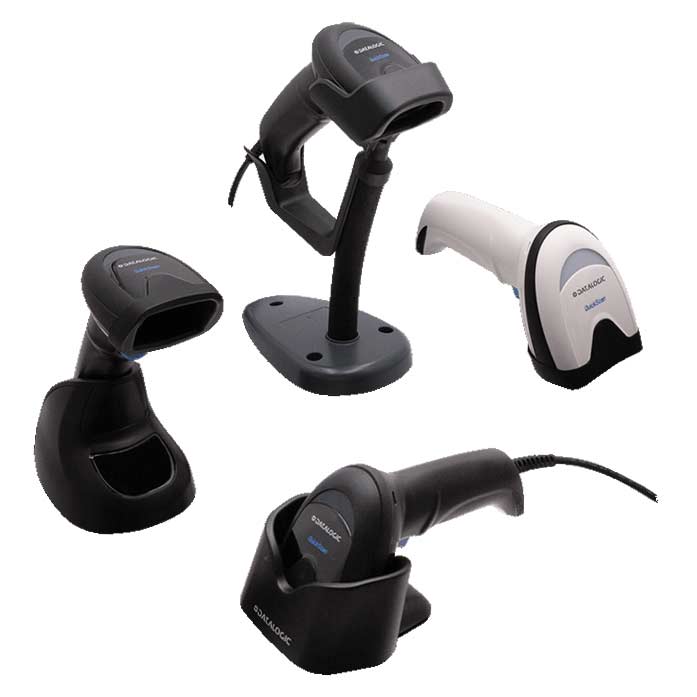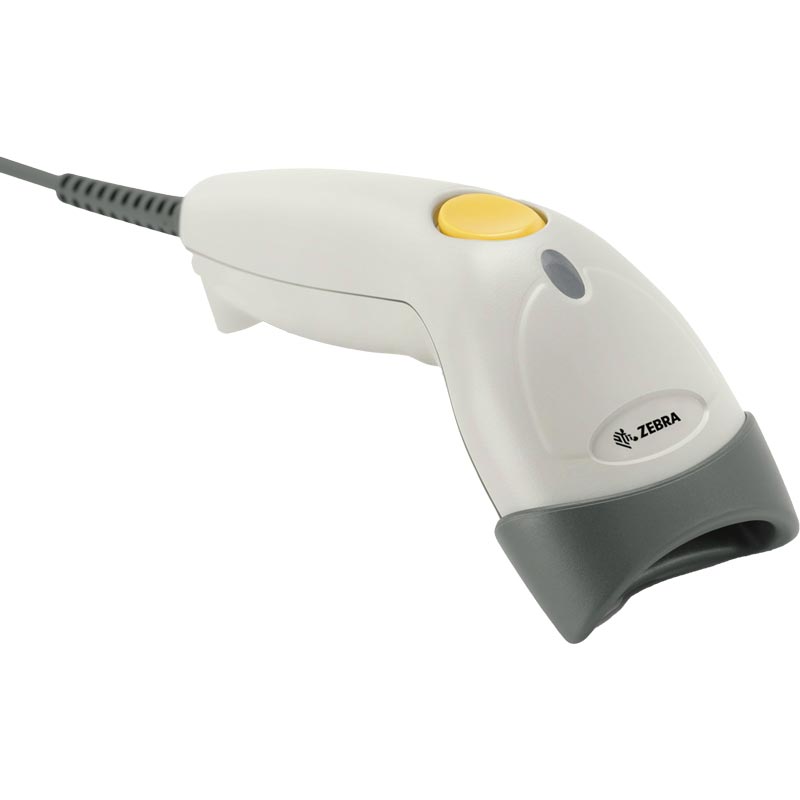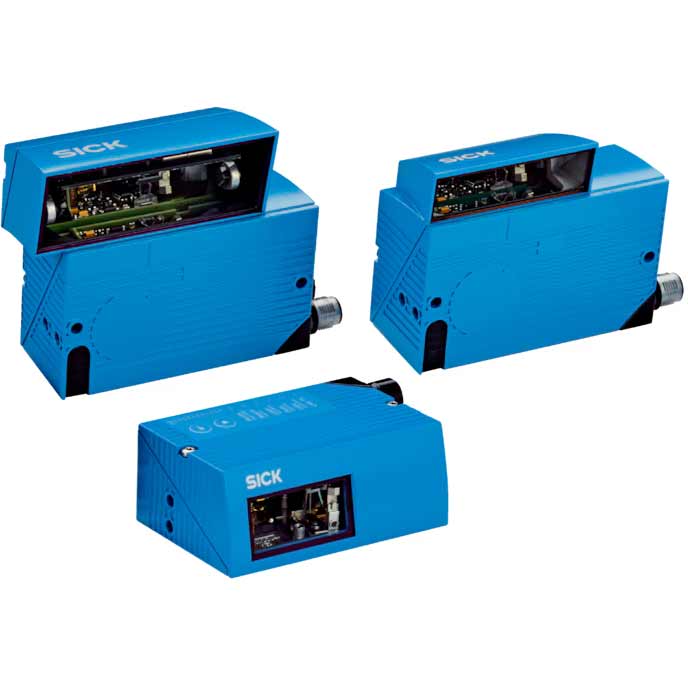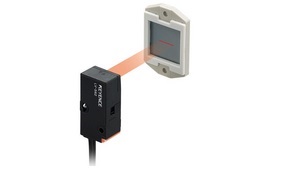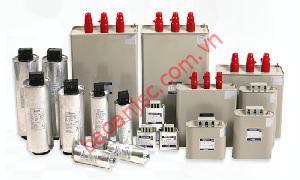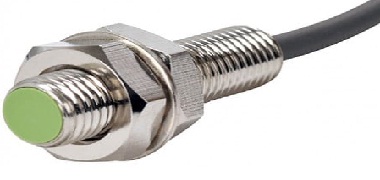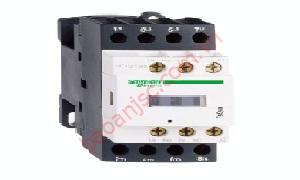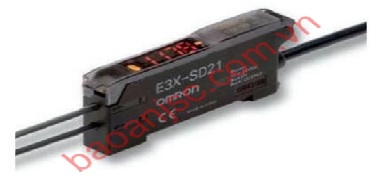COGNEX: WHAT IS THE BARCODE?

Nearly 50 years after the first scan, barcodes continue to grow in necessity and application. A barcode is a machine-readable pattern applied to products, packages, or parts. Barcodes contain data used for informational and marketing purposes as well as for tracking products throughout their lifecycle. Barcodes are read by using a special reader or scanner with lights and lenses that decodes the data in the codes. The information is then transferred to a database where it can be logged and tracked.
Although barcode technology was originally patented in 1952, it wasn’t until 1974 that the first product—a package of Wrigley’s gum—was scanned at a Marsh® supermarket in Ohio. Today, barcodes come in dozens of different formats, from a row of simple lines called a 1D (one-dimensional) barcode to dots and squares that form a 2D (two-dimensional) code.
1D Barcodes
The first barcodes implemented worldwide were 1D barcodes. These linear codes only contain alphanumeric data in the horizontal direction. Each character in the code represents something different about the product and a database provides information on what each character means. In most cases, 1D barcodes are read from left to right. The widths of the spaces and bars relate to a specific character in the barcode. A quiet zone or margin is the white space to the left and the right of the barcode that helps the reader locate the barcode. Some barcodes also have a guard pattern. The guard pattern is at the beginning and end of the barcode to tell the reader where the barcode starts and ends.
Common 1D barcodes include the UPC (Universal Product Code) or EAN (European Article Numbers) for retail and consumer goods, and Code 128 which is commonly used in logistics.

1D Codes
2D Codes
Unlike 1D barcodes, 2D codes contain information both horizontally and vertically, allowing them to store much more data. While 1D codes have quiet zones and guard patterns to identify where the code starts and stops, a 2D code has a quiet zone, a finder pattern, and a clocking pattern. The finder pattern is the L-shaped pattern located around the outside edge of two sides of the 2D code. This is used to ensure proper orientation during decoding. Opposite the finder pattern is the clocking pattern, a series of alternating black and white cells that define how big a single cell is and the size of the code (number of rows and columns) for decoding. The quiet zone is similar to that of 1D barcodes; for 2D codes, however, it must surround the entire code.Common 2D codes include the Data Matrix code, used by aerospace, defense, printed media and the U.S. Postal Service, MaxiCode used in logistics applications, QR codes used in automotive and commercial marketing applications, and Aztec codes used by ticket agencies and rental car companies.

2D Codes
How barcodes are used
Barcodes are used as a means of quick identification. Nearly every industry uses barcodes to automate and simplify traceability by tracking everything from where something was produced and when it was shipped, to which retailer sold the product, at what time, and for how much. Barcodes help collect data faster and more reliably, improve decision making, eliminate the possibility of human error, reduce employee training time, and track products throughout their lifecycle. Overall, barcodes provide better accuracy, traceability, and sorting abilities than relying on manually entered data.
Safety and liability are also drivers behind industry adoption of barcodes. In recent years, governments around the world have started to require medical devices and pharmaceutical manufacturers to apply machine-readable codes on every package down to individual medicine containers. Should a defective product reach a store shelf, automated tracking of every package will accelerate safety recalls while making quality-control data available to the entire supply chain.
For more information:
- Address: Vân Tra, An Đồng, An Dương, Hải Phòng city
- Hotline: 0936.985.256
- Website: https://baoanjsc.com.vn
- Email: baoan@baoanjsc.com.vn.
- Fanpage: https://www.facebook.com/BaoAnAutomatio
- Bao An Automation - Distributor of SICK electrical equipment in Vietnam
- Economy digital torque meter
- Dong IL ASG-A050W antistatic bar: Effective solution for industrial environment
- Bengine EBS Medium Torque Series Electric Screwdriver
- CSS High Resolution Sensor - SICK's ultra-precise color detection solution

